Farmers plant crops and raise animals. Trucking companies transport materials. Some facilities process meats and fish, and others extract oils from seeds and nuts. Foods are then packaged, beverages are canned or bottled and are ready for consumption.
In each of the stages along the complete food industry cycle where plants become oils, ingredients become meals, or meats are processed into entrées, there is one universal challenge throughout: removing fat, oil and grease (FOG) from water.
This eBook will describe oily water applications from eight main segments of the food industry, some of which should sound quite familiar.
More importantly, you will learn about the types of solutions employed and equipment implemented to remedy the issues most commonly associated with FOG on wastewater, such as:

Tractors, planters, seeders, sprayers, and combines are examples of the large machinery commonly used on farms to plant and harvest the crops.
These machines often use hydraulic pressure to perform various functions. Lubricants and hydraulic oil tend to leak and when the equipment and floor of the facility is washed down, the oils end up in the wastewater.
Much like farm equipment, when Caterpillar machines are brought in for service, or returned from rental, they can be covered with mud and dirt as well as residual oil and grease. Washing is the first step of the cleaning process.
“The second step required a bit more thought,” says the plant superintendent for one of the largest CAT dealers in the country.
That’s where the Oil Skimmers Inc.’s waste oil recovery system came in. The CAT facility purchased a Model 6V Brill® Oil Skimmer mounted on a 60-inch frame, with a 28-foot Free- Floating Collector Tube®. Each month the facility retrieves about 465 gallons of recyclable oil.
Read the Full Story ➜ Download eBook ➜Edible oils are used for cooking, as ingredients in other products or consumed directly, and are extracted from various parts of plants, like seeds, nuts, fruit, leaves, flowers, bark and roots. These oils coat presses and equipment, can spill or leak in the extraction process, and end up mixing with process water and wastewater. Our customers in the oil extraction business use oil skimmers and oil water separators to recover the oil from the water before the water can be treated further on site, reused or discharged to the municipality.
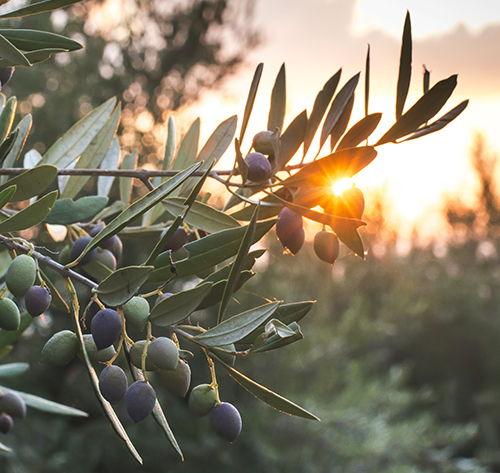
After oil is extracted from seeds and nuts as described in the example above, it is often transported in tank trucks to packagers, or to those that use the oil in their own products or processes.
Facilities that receive delivery of oil from tank trucks occasionally experience spills and leaks during the transfer from the truck. When it rains, or when the lots and delivery areas are washed down, the oil and water flow to a sump where the oil must be removed. Our customers install oil skimmers at these locations to keep the sump free of oil so it can be discharged to the sewer system.
Trucks that transport oil are cleaned at wash bays where residual oil from inside the tanker combines with wash water. The oily water flows to a collection pit or sump. Oil skimming equipment continuously removes the waste oil so the water may be reused for additional wash processes or discharged to the municipality.
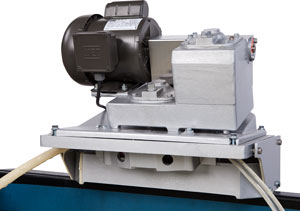
With a fleet of 250 tanker trucks—35 of which are used to haul soybean oil—one U.S.-based trucking company is dedicated to thoroughly cleaning its large fleet following transportation jobs The oil tankers can each haul approximately 48,000 pounds of oil, so when cleaning the tanks, residual oil often mixes with the wash water. The oil-infused wash water was collected in holding tanks and the crew then manually skimmed the oil. While this process was good enough for the water to meet local wastewater regulations, it wasn’t cost-effective.
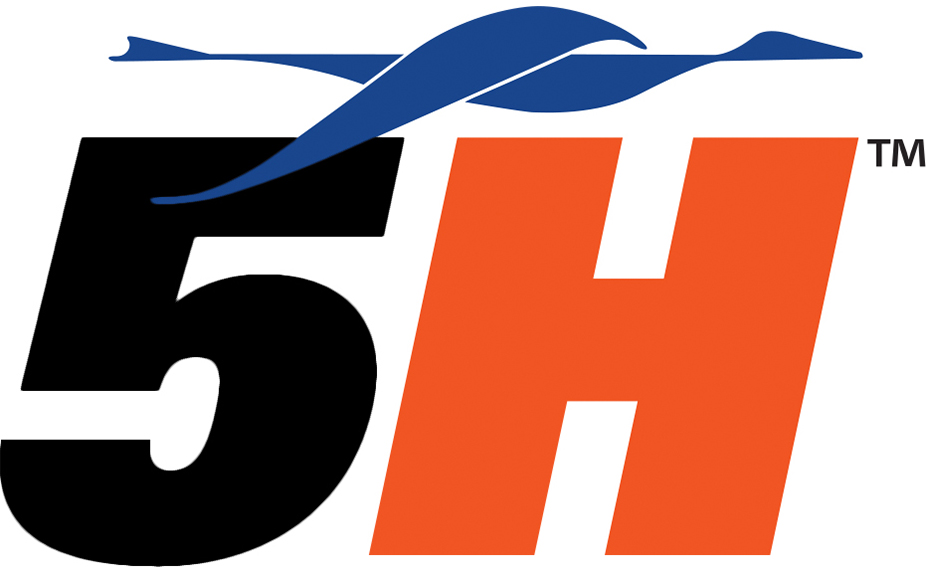
The company decided to install a Model 5H Brill® tube-type oil skimmer from Oil Skimmers, Inc. as a complementary component to its current DAF (Dissolved Air Flotation) unit. Since theinstallation of the oil skimmer, the trucking company no longer needs to manually collect sludge from the wastewater, delivering substantial labor savings. The oil skimmer is so effective, it even enhances the DAF unit’s performance. As a result of the optimized DAF unit performance, the company uses significantly fewer flocking agents to break up the oil, saving even more money.
Read the Full Story ➜ Download eBook ➜Many of our customers in the food industry use oil as an ingredient to make other food products, such as sauces, marinades and salad dressings. Others in the packaged foods segment use the oil for cooking and frying of foods and snacks. In both instances, the oil used in these processes ends up coating equipment and machinery.
Industry regulations require that equipment and facilities be kept clean, prompting routine washing of oily surfaces. In wash water mix, eventually requiring separation and oil removal before the water can be further treated on site or discharged to the sewer.
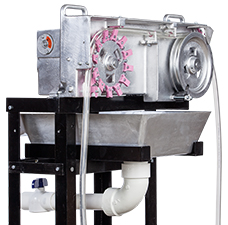
When operators at a privately held snack-food manufacturer clean the fryers used to make potato chips, oil mixes with the wash water. The potato-chip plant is in a small town, and is one of the municipality’s largest water consumers, discharging an average of 180,000 gallons a day. The company wanted to install an oil-recovery system to reduce the amount of oil in its wastewater and improve the efficiency of its water treatment equipment.
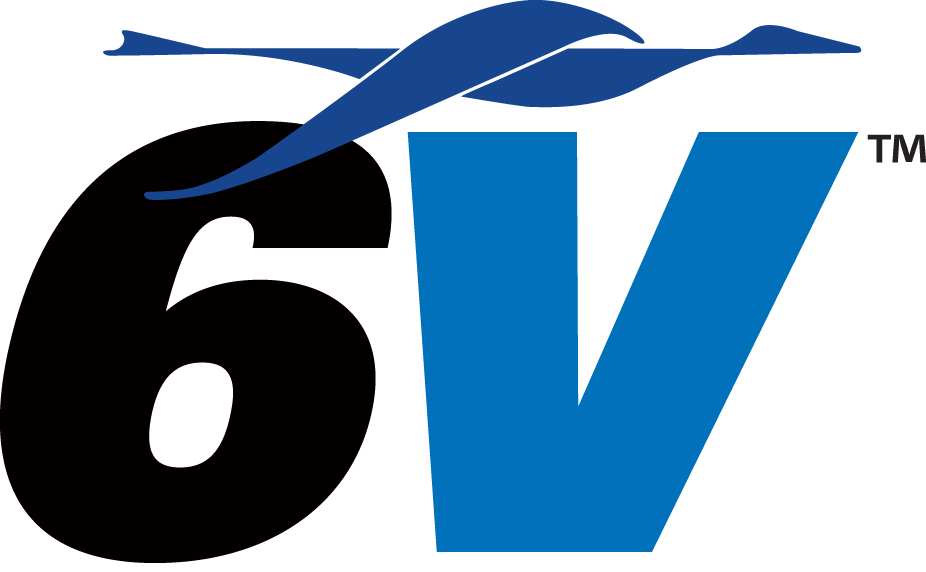
Oil Skimmers, Inc. modified its standard Cart Mounted System to fit into the tight space and installed a Model 6V Brill® oil skimmer. Since installation, the Model 6V has been removing about 2,000 gallons of oil a week from the wastewater system, bringing many benefits to the company, including: reduced costs, improved dissolved air flotation system performance and decreased material waste.
Read the Full Story ➜ Download eBook ➜Meat and fish processing operations across the country and across the world face a common challenge; their slaughter, grinding and cooking processes generate FOG as a byproduct.
Industry regulations require that equipment and facilities be kept clean, prompting routine washing of oily surfaces. In wash water mix, eventually requiring separation and oil removal before the water can be further treated on site or discharged to the sewer.
FOG is prevalent in these operations due to the nature of the process. To keep the products, facilities and equipment clean, they are routinely washed and residual animal fat and grease flows with the wash water to wastewater treatment areas. The content and quality of the wastewater is closely monitored and requires proper removal of oil from the water.
Another process that results in FOG is when beef, pork and chicken are ground and processed to form patties, nuggets and sausages. Similar to the slaughter application, animal fat and natural oils found in these meats ends up in the wastewater system usually via a wash down process. Stringent wastewater discharge standards require meat-processing operations to have efficient FOG removal solutions.
Facilities that farm and process fish for food service companies, restaurants and retail experience similar wastewater challenges as those that process meat. Oil is naturally found in the skin and organs of fish, and when they are processed, cut and cooked, the residual oil needs to be separated from the water and recovered.
Companies in the packaged foods industry make a variety of products such as frozen appetizers, dinners and pizzas, baby food, snacks, sauces and desserts. Some of these products include meats that must be cooked. Animal fats render and turn to liquid when heated to a certain temperature, which is a familiar phenomenon to anyone that has browned meat on the stove at home. Facilities that cook meat commonly collect the rendered fat, along with any other waste oils in grease traps or oil water separators, where an efficient method of recovering the fat is required before the water is discarded.
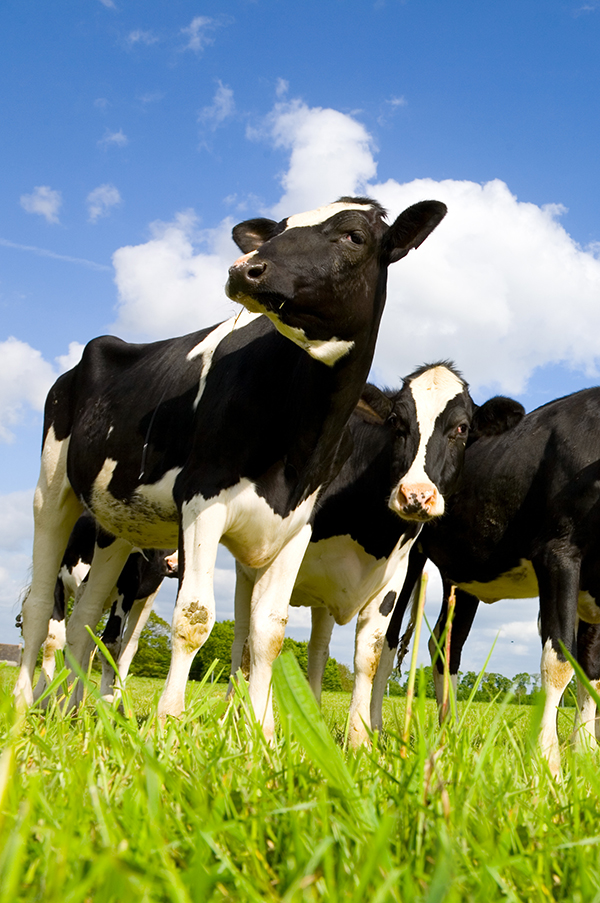
A kosher slaughterhouse uses 25,000 gallons of water to butcher up to 100 cattle a day. Much of the water is used for cleaning of the carcass, cleaning and sterilization of equipment, tools, walls, floor and other materials that are used in the process. Fats are a naturally abundant byproduct, but if left in wastewater, they can cause contamination of public sewer systems.
The company wanted to reduce the FOG in kill-floor run-off after receiving three letters of violation from the state. They chose the Oil Skimmers, Inc.’s Model 5H Brill® tube-type oil skimmer as it was an affordable and long-lasting solution for lowering FOG concentrations in the slaughterhouse wastewater. The operation has been in compliance since installing the oil skimmer and has not received any non-compliance letters.
Read the Full Story ➜ Download eBook ➜Food products and beverages come in many forms and varieties requiring a wide range of packaging options. Containers made from paper, cardboard, plastic and glass are manufactured in facilities using large machines with hundreds of moving parts that must be kept lubricated. Many of these machines feature hydraulic powered mechanisms to perform various functions and require the use of hydraulic oil.
Corrugators, rollers, die cutters, scoring machines, trimmers, presses, injection and blow molding machines are just a few examples of the equipment used in the making of packaging for food and beverage products. Keeping these machines maintained and working as designed requires lubrication of their moving parts. When maintenance crews wash the facilities and equipment or mop floors, wash water can pick up lubrication oils. The dirty, oily water that results must be treated before it is reused or discharged.
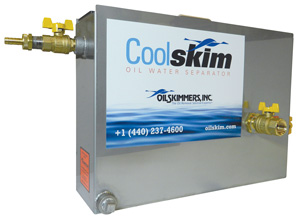
In the manufacturing of metal cans, coolant is used in the cutting of the metal and forming of the can. Before it is machined, the metal may be coated with oil to protect the raw material. This oil combines with hydraulic oil from the machinery and forms what is known as tramp oil. Tramp oil contaminates the coolant and must be removed. Model 1H oil skimmers, and CoolSkim™ tramp oil separators are installed on coolant sumps to remove the tramp oil and extend the life of coolants.
Glass bottle making machines have hundreds of moving parts that require lubrication. The excess oil and grease, along with mold-release lubricant, are carried away with the scrap glass or cullet in water. The cullet water carries contaminants to a tank or oil water separator where the solids settle to the bottom and the oil rises to the surface. An oil skimmer removes the waste lubricant from the oil water separator. The recovered oil flows to a container where it can be stored and sold to reclaimers.
A nationwide manufacturer and global supplier of blow-molded plastic containers mops the floors of their facilities routinely, collecting lubricants and hydraulic oil in the process. To treat the oily water, the maintenance staff dumps each bucket of water into a Skim 1st Tank™ from Oil Skimmers, Inc.
The Skim 1st Tank features a mesh screen to capture solids, allowing the water to pass through to the tank where oil floats to the surface and an integrated Model 5H Brill tube type oil skimmer continuously removes the oil. The waste oil flows to a collection container and the water drains for additional treatment or discharge.
Download eBook ➜The beverage canning facilities process requires sealing the lid onto the body of the can, which is accomplished with a piece of machinery called a can seamer. The seamer requires constant lubrication to ensure the integrity of the seam and also to reduce part corrosion on the seamer machine. Can seamers do, however, lose a small amount of oil during this operation and that oil can find its way into the facility’s waste stream. Oil skimming is an effective and environmentally conscientious method of removing oily wastes from water, reducing the discharge of pollutants.
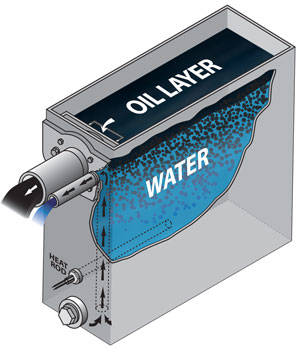
One beverage canning company installed drains in the floor to collect not only the lost oil, but also any product overflow and wastewater. The drains send the liquids to a sump, which then sends the mixture to a treatment tank. The oil separates to the surface of the wastewater and is removed by an Oil Skimmers, Inc. Model 5H tube-type oil skimming system with a decanter in order for the company to meet FOG requirements for discharging the wastewater into the municipal treatment plant.
To maximize waste oil recovery, decanters are used in combination with oil skimmers. The decanter ensures the least possible percentage of water in the recovered oil by further separating oil and water, and returning the water to the skimming area.
Read the Full Story ➜ Download eBook ➜Drained during cooking and rinsed during cleaning, the fat, oil and grease are funneled to a grease trap where it can build up quickly. Grease traps are commonly serviced by vacuum trucks, but since it is a costly endeavor for the restaurant, daily visits from the truck are not affordable or practical. The use of oil skimmers to remove FOG continuously from the trap proves to be an affordable, practical and efficient means to lower costs and clean wastewater.
Download eBook ➜